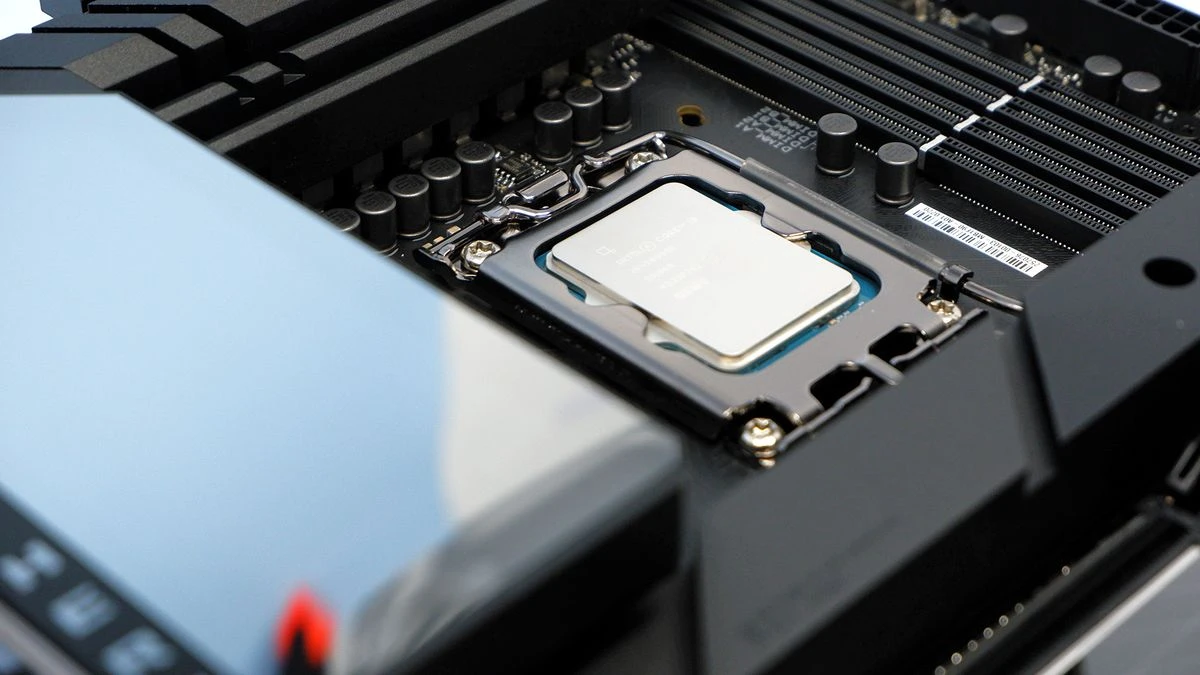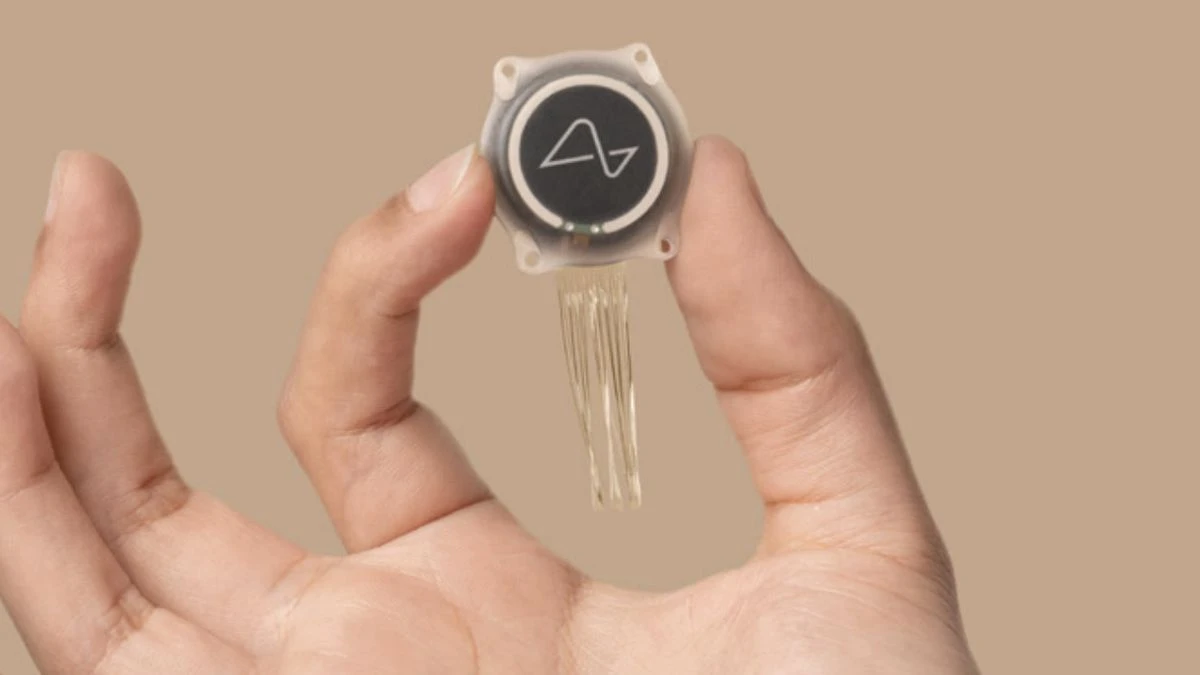Intel's next generation Arrow Lake CPUs can support up to 10,000 MT/s of DDR5 CUDIMM memory, but this will be using the Gear 2 settings which are pretty poor for gaming.
Memory is not the most exciting component of a PC, but when it reaches * count fingers* quadruple digits, I can't ignore it. CUDIMM is trying to get our attention. This relatively new type is said to be capable of up to 10,000 MT/s when used with Intel's Arrow Lake platform.
According to a leaker named Meb on the Chinese social media and blogging site Weibo, (via Wccftech), Arrow Lake S GEAR 2 is capable of supporting memory specifications between 8,000 and 10,000 MT/s when combined with CUDIMM.
If Google is translating Meb's Chinese correctly and if this is true, then Intel's next generation CPUs will support much faster memory compared to current Intel and AMD platforms. I still use DDR4 RAM, so I'm a little Hertz envious of regular DDR5 RAM speed. But support for memory speeds up to 10,000 MT/ per second is truly impressive.
These speeds aren't just a dream. Asgard and Biwin have both launched DDR5 modules with speeds above 9,000 MT/s in recent months. This latest Arrow Lake rumour could explain why manufacturers are pushing fast kits right now, despite JEDEC's CUDIMM standard having been announced in January.
CUDIMM memory has a clock driver, which regenerates the clock signals to maintain signal integrity. This is similar to the CAMM2 memory, which was the rage at Computex. This allows for higher frequencies and more transfers per second because the memory is more stable.
CUDIMM is rated at 6,400 MT/s by JEDEC, but the standard has been exceeded for months and it now appears to be approaching 10,000MT/s. Intel's 14th Gen processors support DDR5 up to 5,600 MT/s, but we know XMP-enabled DDR5 memory at higher speeds works in most cases. This is why so many DDR5 gaming computers are now 6,000 MT/s and above.
It will be interesting to see, if Arrow Lake officially supports up to 10,000 MT/s in the future, what memory speeds can actually be achieved. They could run memory faster than 10,000 MT/s.
But--and it's a big "but"--it is important to note that Arrow Lake only claims to support these speeds when the memory in Gear 2 configuration. Gear 2 is a configuration where the memory operates at twice the speed of the processor memory clock. For example, a CUDIMM running at 10,000 MHz (5,0 MHz x 2) will presumably be 5,000 MHz for the CPU's memory control.
This mismatch in clocks between the processor memory controller and memory introduces latency, which is not ideal for gaming. It's for this reason that Gear 1 is always recommended when gaming. CUDIMM is primarily designed for high-performance computing (HPC) tasks that require a lot of throughput.
We might assume that since switching between Gear 1 & Gear 2 is a simple toggle in the BIOS that you can switch to Gear 1 for gaming and Gear 2 when needed. Switching to Gear 1 would mean a speed that is half of Gear 2, i.e. 5,000 MT/s on the top end. This would be lower than the standard DDR5 kit.
It's not great for gaming but it's a good sign Intel is pushing the memory front. According to rumours, the Arrow Lake CPUs will be launched on October 24. If the latest rumors are true, we may be in for a real treat. Why not? Add some super-fast HPC Memory Support. All that and more is icing on the cake.




Comments